Lock And Key Enzyme Explanation
Lock And Key Enzyme Explanation. It supposes that the substrate fits perfectly into the active site of the enzyme. The specific action of an enzyme with a single substrate can be explained using a lock and key analogy first postulated in 1894 by emil fischer.
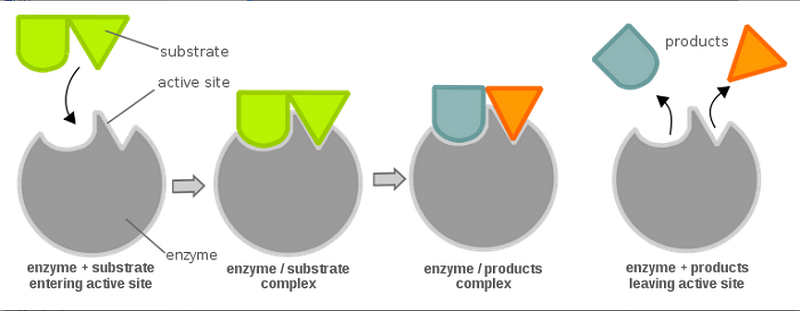
 Are enzymes used up in reactions? Socratic from socratic.org
Are enzymes used up in reactions? Socratic from socratic.orgThis simple 'lock and key' analogy succinctly conceptualized the essence of enzyme substrate interaction where the 'lock' describes the enzyme and the 'key' describes the. This is in contrast with the induced fit hypothesis, which states that both the substrate and the enzyme will deform a little to take on a shape that allows the enzyme to bind the substrate. The specific action of an enzyme with a single substrate can be explained using a lock and key analogy first postulated in 1894 by emil fischer.

The concept of how a unique distinct key only can have the access to open a particular lock resembles how the specific substrate. According to lock and key hypothesis, the binding of the substrate into an active site of an enzyme is equalized into the lock and key mechanism.

In this analogy, the lock is the enzyme and the key is the substrate. Lock and key mechanism is a mechanism introduced in 1890 by emil fischer to explain binding between the active site of an enzyme and a substrate molecule.
Similar to how a key has to be the correct one for a lock, no reaction takes place if an incorrect substrate tries to bind. Lock and key mechanism is a mechanism introduced in 1890 by emil fischer to explain binding between the active site of an enzyme and a substrate molecule.

In this analogy, the lock is the enzyme and the key is the substrate. The specific action of an enzyme with a single substrate can be explained using a lock and key analogy first postulated in 1894 by emil fischer.

The specific action of an enzyme with a single substrate can be explained using a lock and key analogy first postulated in 1894 by emil fischer. The lock and key hypothesis states that the substrate fits perfectly into the enzyme, like a lock and a key would.
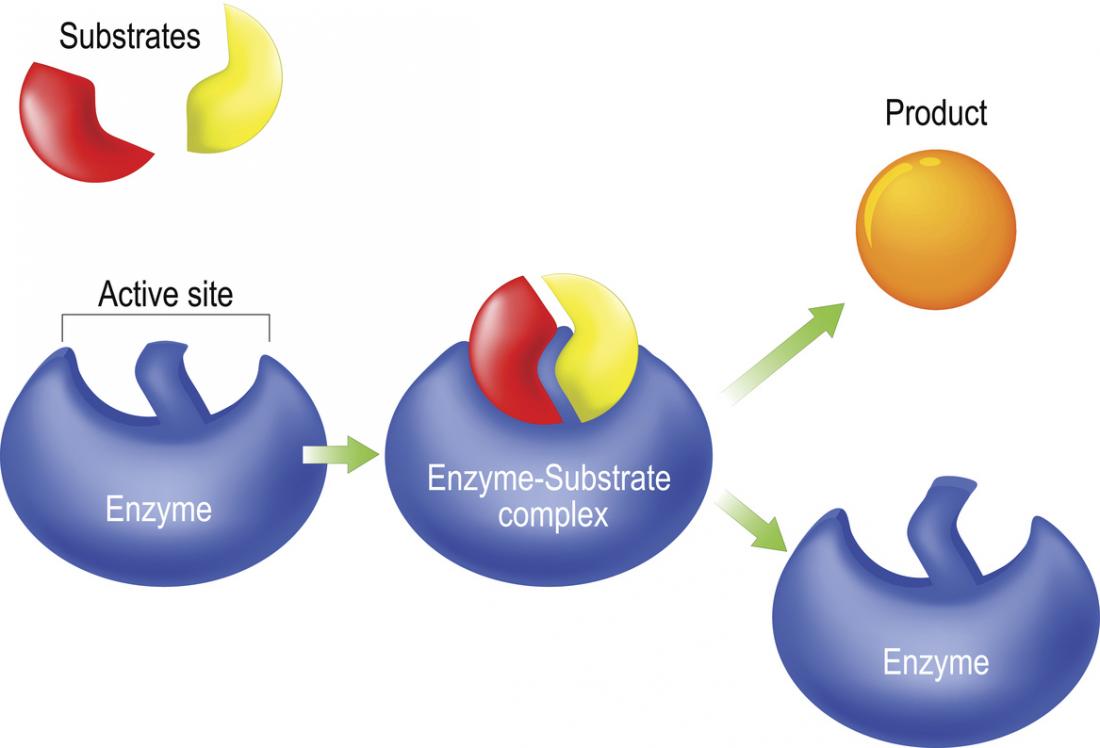
In this analogy, the lock is the enzyme and the key is the substrate. Only the correctly sized key (substrate) fits into the key hole (active site) of the lock (enzyme).
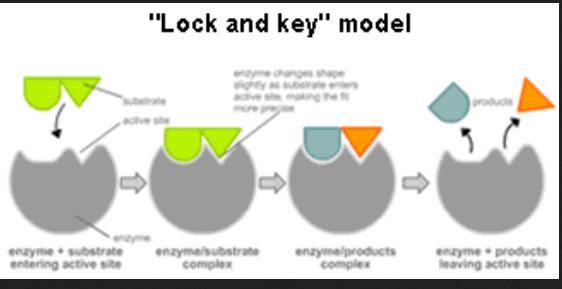
According to this principle, if the right key fits inside the right lock, the lock will be opened otherwise it will not. The specific action of an enzyme with a single substrate can be explained using a lock and key analogy first postulated in 1894 by emil fischer.
The specific action of an enzyme with a single substrate can be explained using a lock and key analogy first postulated in 1894 by emil fischer. The place where these molecules fit is called the active site.

The specific action of an enzyme with a single substrate can be explained using a lock and key analogy first postulated in 1894 by emil fischer. The lock and key hypothesis states that the substrate fits perfectly into the enzyme, like a lock and a key would.

Explain why a lock and key are used to describe the way an enzyme works. Lock and key is one of the theories that explain the mode of action of an enzyme which catalyzes a reaction.

The concept of how a unique distinct key only can have the access to open a particular lock resembles how the specific substrate. Therefore, it is also called fisher's theory.
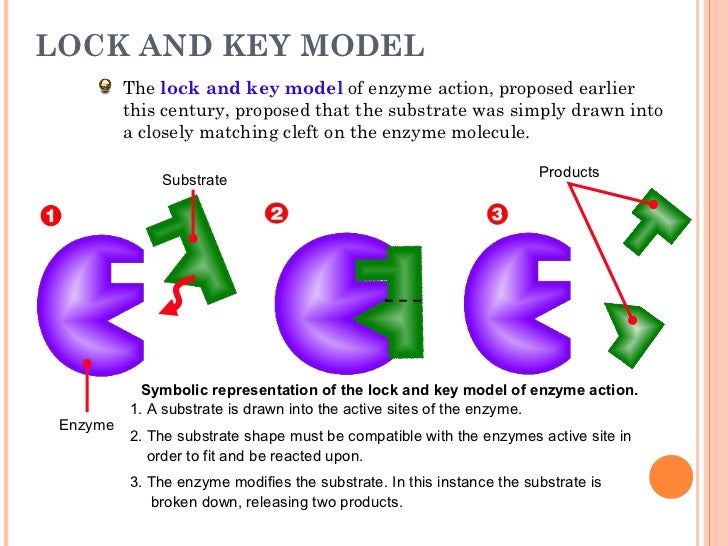
According to this principle, if the right key fits inside the right lock, the lock will be opened otherwise it will not. The complementary shapes of an enzyme and a substrate.

The active site was considered to have a fixed structure (the lock), which exactly matched the structure of. The specific action of an enzyme with a single substrate can be explained using a lock and key analogy first postulated in 1894 by emil fischer.

Only the correctly sized key (substrate) fits into the key hole (active site) of the lock (enzyme). According to lock and key hypothesis, the binding of the substrate into an active site of an enzyme is equalized into the lock and key mechanism.
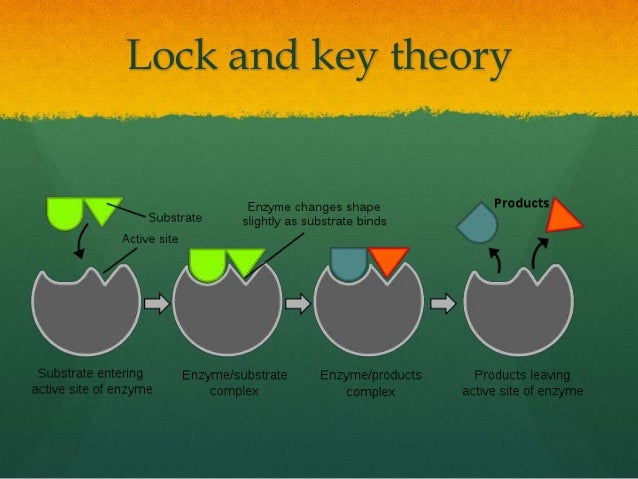
Therefore, it is also called fisher's theory. Only the correctly sized key (substrate) fits into the key hole (active site) of the lock ( enzyme ).

In this analogy, the lock is the enzyme and the key is the substrate. The lock and key model assumes that the active site of the enzyme and the substrate are equal shaped.
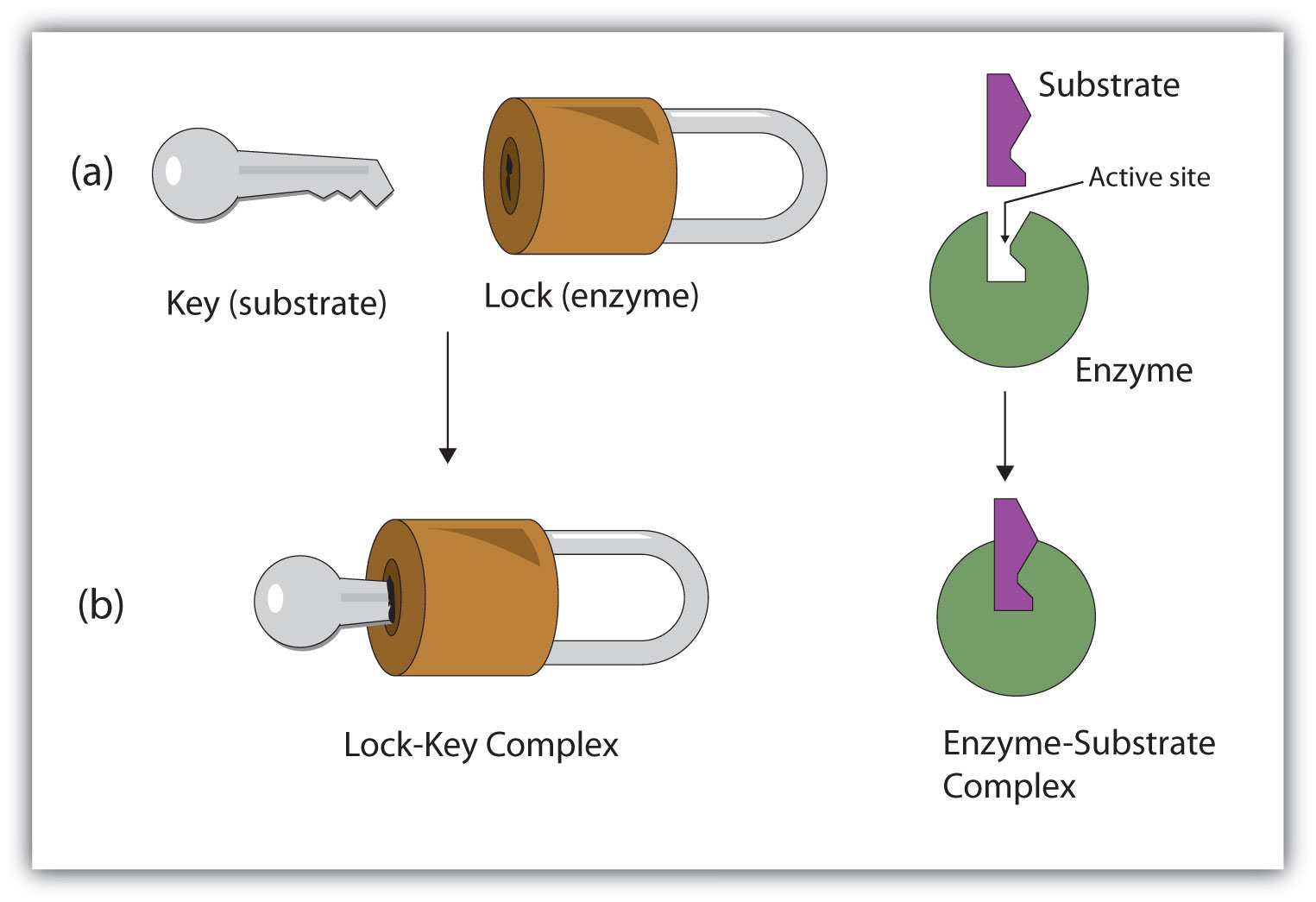
Only the correctly sized key (substrate) fits into the key hole (active site) of the lock (enzyme). Which enzyme model is more accurate?
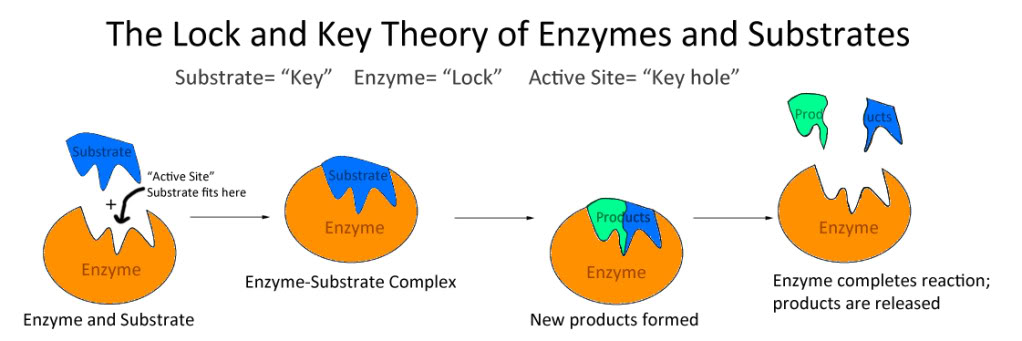
Only the correctly sized key (substrate) fits into the key hole (active site) of the lock ( enzyme ). In this analogy, the lock is the enzyme and the key is the substrate.
In this analogy, the lock is the enzyme and the key is the substrate. In 1894, emil fischer suggested that the specificity of an enzyme towards its substrate is based on the two components exhibiting complementary geometric shapes that fit perfectly like a 'key in a lock'.

However, emil fischer suggested this model in 1894. Biological catalyst catalyst, substance that can cause a change in the rate of a chemical reaction without itself being consumed in the reaction;
In This Analogy, The Lock Is The Enzyme And The Key Is The Substrate.According to this principle, if the right key fits inside the right lock, the lock will be opened otherwise it will not. Daniel koshland proposed the induced fit model in 1958. The complementary shapes of an enzyme and a substrate.
The Induced Fit Model States That The Active Site Of An Enzyme Will Undergo A Conformational Change When Binding A Substrate, To Improve The Fit.In this analogy, the lock is the enzyme and the key is the substrate. Emil fischer proposed this theory in 1894. Only the correctly sized key (substrate) fits into the key hole (active site) of the lock ( enzyme ).
The Specific Action Of An Enzyme With A Single Substrate Can Be Explained Using A Lock And Key Analogy First Postulated In 1894 By Emil Fischer.Describe any ways in which the analogy is not perfect. According to lock and key hypothesis, the binding of the substrate into an active site of an enzyme is equalized into the lock and key mechanism. This theory maintains that the active.
Only The Correctly Sized Key (Substrate) Fits Into The Key Hole (Active Site) Of The Lock (Enzyme).The lock and key model assumes that the active site of the enzyme and the substrate are equal shaped. Which enzyme model is more accurate? In 1894, emil fischer suggested that the specificity of an enzyme towards its substrate is based on the two components exhibiting complementary geometric shapes that fit perfectly like a 'key in a lock'.
Similar To How A Key Has To Be The Correct One For A Lock, No Reaction Takes Place If An Incorrect Substrate Tries To Bind.In this analogy, the lock is the enzyme and the key is the substrate. It is basically like the key and the lock where the lock is the enzyme and key is a. This model considers the lock as an enzyme and the key as a substrate to explain this model.
Belum ada Komentar untuk "Lock And Key Enzyme Explanation"
Posting Komentar